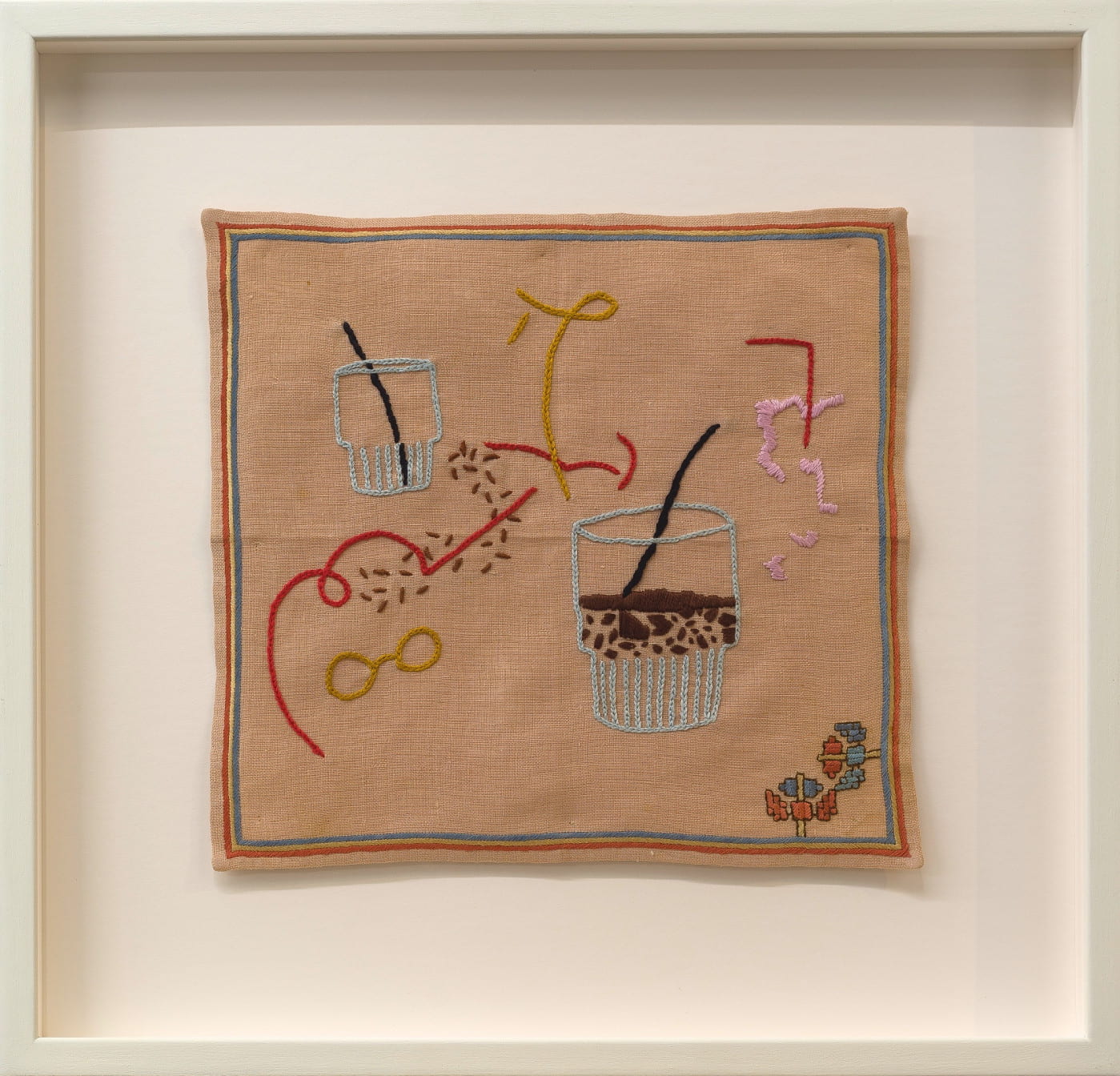Staff Picks for the Virtual Fair
The annual Auckland Art Fair is going virtual this year!
Whilst the team at Gus Fisher Gallery will thoroughly enjoy getting back to normal and physically engaging in art without the need for a laptop screen, we thought we’d give you a brief run-down of things that have caught our attention from their virtual fair this year.
There are more than 500 works by 180 different artists from around Aotearoa, Australia, and beyond to enjoy. To find your favourite, visit the Virtual Fair here.

Peng Jiheng, Blessing Machine (paper print out), 2020. Paper and ink, 15 x 10cm. Courtesy of the artist, commissioned by Creative New Zealand.
Lisa Beauchamp, Curator of Contemporary Art
Peng Jiheng, Blessing Machine, part of Projects 2020
As a Curator, something that I always fast-track to at the Auckland Art Fair is the Projects section. This year it is curated by Michael Do, whose provocation to the seven artists commissioned to make new work was “why do our experiences look so different?” Needless to say, its impossible to overlook this provocation through the lens of our current circumstances, which arguably intensifies the interpretation of some of the artist’s concerns.
An artist I’m pleased to see in the projects section is Elam Alumni Peng Jiheng whose work I enjoyed at the Elam Grad show last year. With a focus on digital data and the tensions between access to online personal and public information, Peng’s area of interest is something that has been at the forefront of my mind for a while and has influenced me as a Curator. Choosing to display a strong representation of film and video at Gus Fisher Gallery in reference to our context as former television studios, I’m really interested in activations of technology that are as much about its function and purpose as the commentary it evokes.
Peng’s Blessing Machine is described as a computer that translates English names into their Chinese equivalents and operates by users inputting their names into the computer which are then translated and printed out, accompanied by a printed blessing. Perhaps a straightforward proposition, but on submitting our name (as many of us do when we sign up to the latest updates online, albeit it ‘essential’) who then receives this data and what are we really getting out of it? With mention of Cambridge Analytica in its description of Blessing Machine, I am intrigued by artworks like this who bring the audience into the realm of decision making, their participation deftly encouraged by the ‘safe space’ of art but whose underlying meaning points to the corrupt realities of an online matrix that we are all a part of.
In our current pandemic context, with misinformation and a game of blame circling on news stories and social media, Peng’s gesture to bridge cultural divides is an important one.

Nicola Farquhar, W. W., 2020. Oil and acrylic on linen, 500 x 500mm. Courtesy of Mossman.
Julia Craig, Public Programmes and Engagement Officer
Nicola Farquhar, W. W., Mossman
While perusing the Virtual Art Fair, I like to take off my gallery employee hat for a moment and imagine what I would buy to put in my house if I had income to spare. This means I get to do away with any sort of analysis of an artwork’s formal qualities or its contribution to culture at large, and just get to consider how it makes me feel, how it would live in a domestic space, and whether my partner and flatmates could tolerate living with it too.
I was immediately drawn to Nicola Farquhar’s painting W.W. with Mossman. This unapologetically rainbow-coloured and perfectly square painting is what I need in my home right now – it reminds me of sunlight, nature, and growth, with forms reminiscent of harakeke, or a gathering of some sort.

Areez Katki, Good at Savouring Coffee, 2019.Cotton and silk thread hand embroidery on repurposed Ottoman handkerchief (c.1920), 200mm H x 200mm W, 350mm H x 350mm W (frame). Courtesy of Tim Melville Gallery.
Hannah Burgoyne, Gallery Coordinator
Areez Katki, Good at Savouring Coffee, Tim Melville Gallery
This year a lot of great artworks caught my eye, from Sriwhana Spong’s vibrant silk wall hangings to Chauncey Flay’s rich coralscapes. But the work that has stayed with me is Areez Katki’s Good at Savouring Coffee (2019), embroidered onto a found 1920’s Ottoman handkerchief.
The intimacy of an embroidered textile work feels apt after this past month of quiet, secluded living, but it also opens into a much wider world beyond the confines of the handkerchief’s neat border. The synesthetic markings are a contemplative reflection of the artist’s travels throughout India, Kurdistan and the Middle East to explore his Parsi heritage, filling the already rich history of this handkerchief with further memories to hold.
After a month of staring at the same view every day, it’s refreshing to look at a work like this and consider how wonderful it will be to one day travel across the world again without restriction, and to find pleasure in the small yet important things in life – even just to savour a coffee with a friend at a local café once more, surrounded by people.
